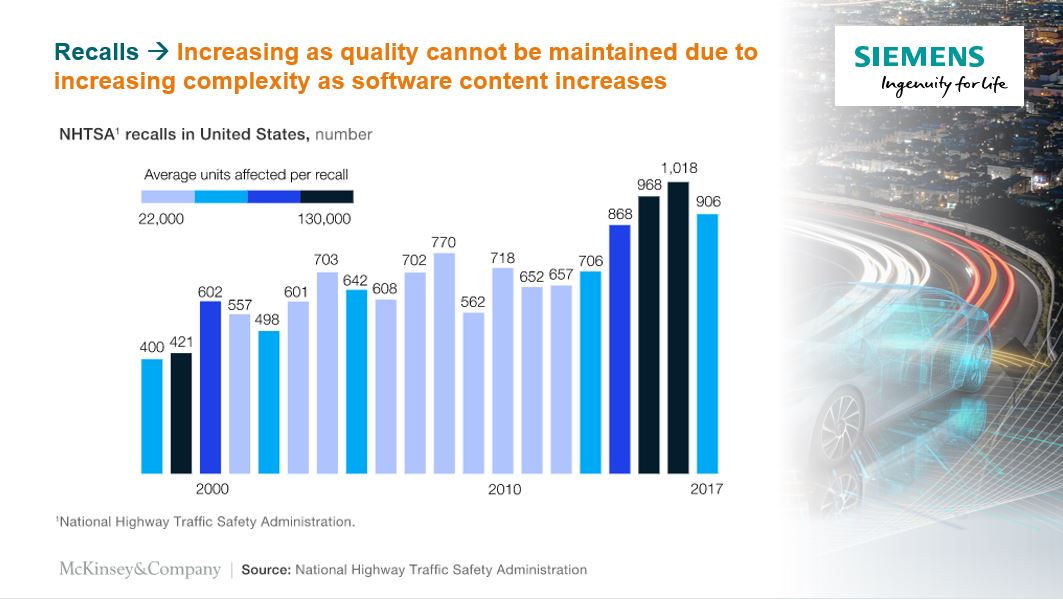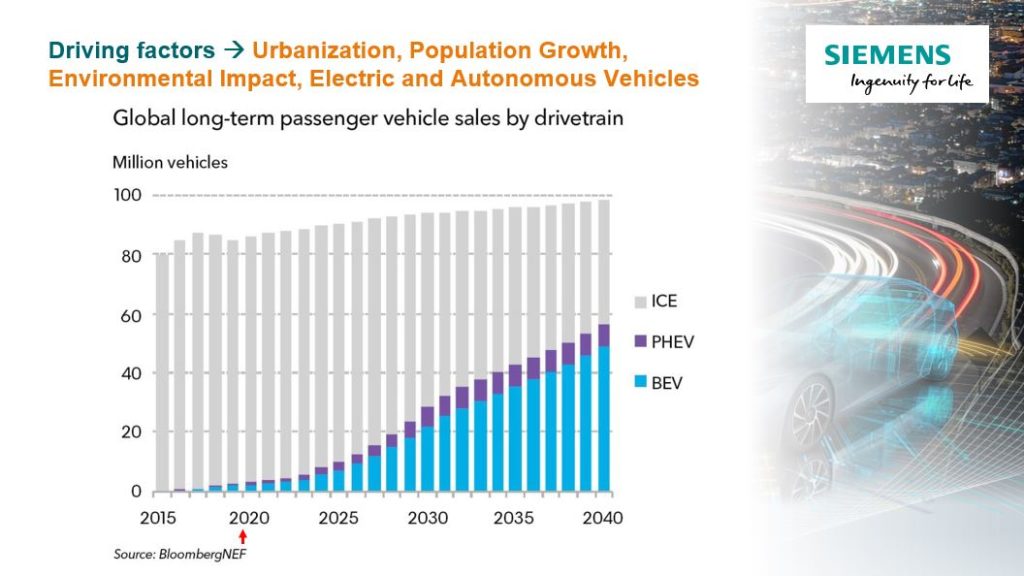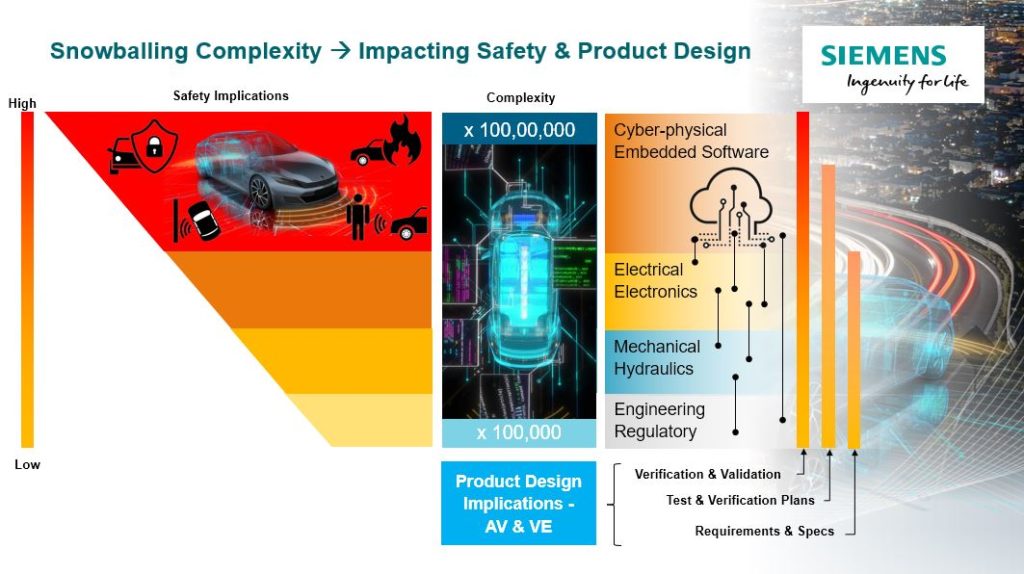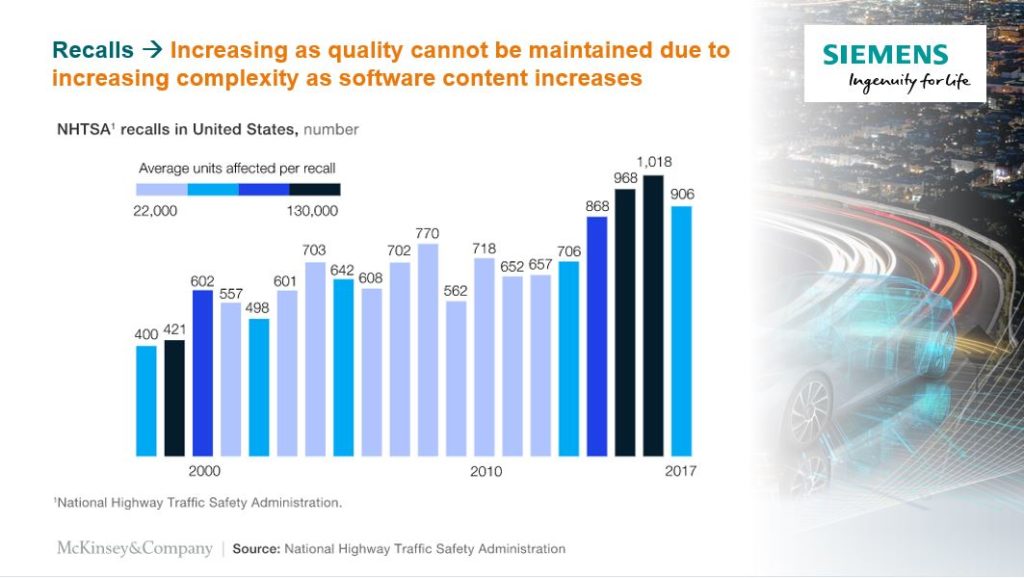Live Webinar: Developing high quality automotive embedded software to increase functional safety

Why has automotive functional safety become a hot issue? Firstly, automotive software content is growing exponentially. In 2010, the average vehicle contained about 10 million lines of code. This number had increased to 150 million lines of code by 2016. At this rate, software will account for 30 percent of all vehicle content by 2030! (McKinsey Center for Future Mobility).
In-vehicle electronics and embedded software are increasingly displacing mechanical components as the key differentiator in the creation of new mobility experiences. Thus, we are seeing a rapid growth in software complexity and, simultaneously, a massive increase in the integration of power electronics, electronic control units (ECUs) and domain control units (DCUs). Now, as the mega trends of urbanization, population growth and environmental impact gain momentum, OEMs have to deliver a more connected, autonomous, electric and shared mobility experience to be competitive. As you can see in figure 1, we are just at the beginning of a massive adoption of battery electric vehicles (BEVs) and plug-in hybrid electric vehicles (PHEVs).

Software innovation is the critical driving factor behind this reinvention with the development of autonomous, electric, connected vehicles and mobility services. Essentially, software is at the heart of future mobility!
However, snowballing software complexity is impeding OEMs from delivering new mobility experiences because of its impacts on vehicle safety and overall design (figure 2). A lot of time, effort and resources are needed to verify, validate and execute software testing plans while making sure that the original requirements and specifications are satisfied. The level of complexity exponentially increases in the case of developing software for autonomous and electric vehicles. As the number of functions increases, so does the time and effort needed to make sure they all work according to specifications in the vehicle architecture.

Software teams are being asked to implement more vehicle functions than ever, straining their ability to ensure consistent quality. This trend is evidenced by an increase in the total number of vehicle recalls between 2000 and 2017, according to data from the National Highway Traffic Safety Administration (figure 3). This increase in recalls coincides with the automotive software boom of the last two decades.

In fact, as reported by Recall Masters, the most frequent cause of vehicle recalls in 2018 was software quality issues. What is even more disturbing is that the number of vehicles being remedied is decreasing. In 2017, the remedy rate of vehicle recalls was 39 percent, but in 2018 the rate decreased to 31 percent. Today, there are 76 million vehicles on the road with open recalls. This is a critical safety issue.
So what is the solution?
In a new webinar, we will review these trends and challenges, and then present specific solutions and processes to help you develop high quality automotive embedded software. We have brought together experts in the field of automotive embedded software to help you. Register for this webinar to learn key insights from experts in the field of automotive embedded software.
Tarun Tejpal
Head of Industry Marketing – Automotive
#siemenschip2city


